Isae (이새)
768.0M 2020-04-24
43-1, Insadong-gil, Jongno-gu, Seoul
+82-2-6713-5592
Targetting middle-aged customers and senior citizens, Isae only uses chemical-free fabrics. Natural fabrics and dyeing characterize clothing in Isae along with functional comfort. Both modern and hanbok (traditional Korean clothing) styles are available.
Haengbokan Kongiyagi (행복한콩이야기)
770.4M 2021-03-22
89-11, Supyo-ro, Jongno-gu, Seoul
+82-2-2274-2247
A hidden restaurant frequented by workers in Jongno. This restaurant's signature menu is bean sprout and rice soup. This Korean dishes restaurant is located in Jongno-gu, Seoul.
Gallery Park Young Sook - Atelier Seoul (박영숙요 (아틀리에서울))
773.5M 2020-04-23
30, Insadong-gil, Jongno-gu, Seoul
+82-2-730-7837
Gallery Park Young Sook (Atelier Seoul) is the gallery of the modern potter, Park Young Sook. The gallery displays and sells white porcelain representing the Joseon dynasty, Buncheong ware, and ceramics with modern flavors. As the name implies, the gallery feels more like a showroom than a shop, even though the various items, including flower vases, decorative ceramics, and daily use earthenware are for sale. Queen Elizabeth II of England visited Gallery Park Young Sook during her second visit. The gallery has even expanded, with another branch opening in New Jersey.
Innisfree - Myeong-dong 2(i)-ga Branch [Tax Refund Shop] (이니스프리 명동2가점)
774.8M 2024-04-22
1F, 2F (Myeongdong 2-ga), 27, Myeongdong 10-gil, Jung-gu, Seoul
-
Isae - Insa Branch (No. 2) [Tax Refund Shop] (이새 인사2호)
775.7M 2024-04-18
30-1, Insadong-gil, Jongno-gu, Seoul
-
Banjjak Banjjak Binnaneun (반짝반짝빛나는)
776.5M 2021-03-19
28-1, Insadong-gil, Jongno-gu, Seoul
+82-2-738-4525
A Traditional Beverages specialty restaurant located in Insa-dong, Seoul. A store selling hand-crafted Korean traditional tea. The most famous menu is green plum tea.
Sinheung Yukga (신흥육가)
780.4M 2021-03-19
15, Samil-daero 20-gil, Jongno-gu, Seoul
+82-2-2273-1123
A barbecue specialty restaurant located in Jongno, Seoul. The most famous menu is grilled pork belly. Try the iberian secret (or secreto ibérico).
Nammun Tobang (남문토방)
782.3M 2019-05-07
73-5, Namdaemunsijang-gil, Jung-gu, Seoul
+82-2-778-6727
This restaurant offers customers loach soup in Gyeongsang-do style and fried loach. Smoked duck shabu shabu and vegetables, as well as Smoked duck casserole are also a good choice.
Tong-In Store (통인가게)
782.6M 2020-05-07
32, Insadong-gil, Jongno-gu, Seoul
+82-2-733-4867
Tong-In Store is the oldest traditional crafts shopping center in Korea. It is home to over 100 shops that sell ancient and contemporary traditional crafts, as well as galleries that display craft collections by emerging artists.
Tteul Gwa Dawon (뜰과다원)
782.4M 2019-11-12
6-4, Insadong 8-gil, Jongno-gu, Seoul
+82-2-734-5310
Tteul Gwa Dawon (literally "yard and tea garden") is an up-scale hanok-style tea
and coffee house where you can enjoy a tranquil garden in the center of Seoul.
The tea and coffee shop offers traditional Korean tea made of 100% natural ingredients, as well as organic coffee. It is equipped with large private rooms which can accomodate a large number of guests, making it the best place to hold seminars or other types of social gatherings.
Tea, rice cakes, and other traditional snacks served here can be a good alternative for when you're in between meals.
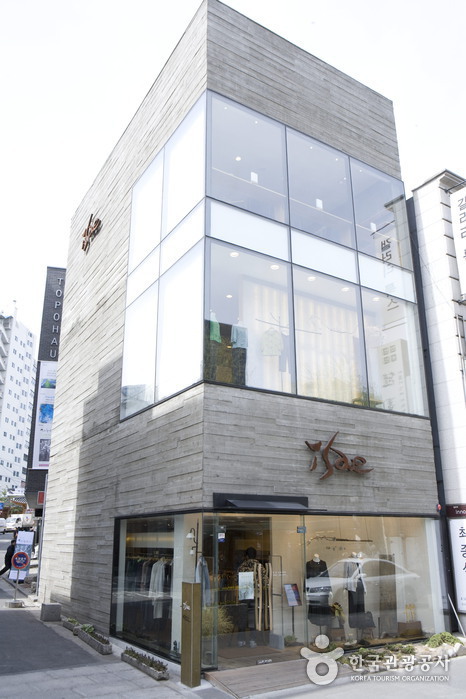
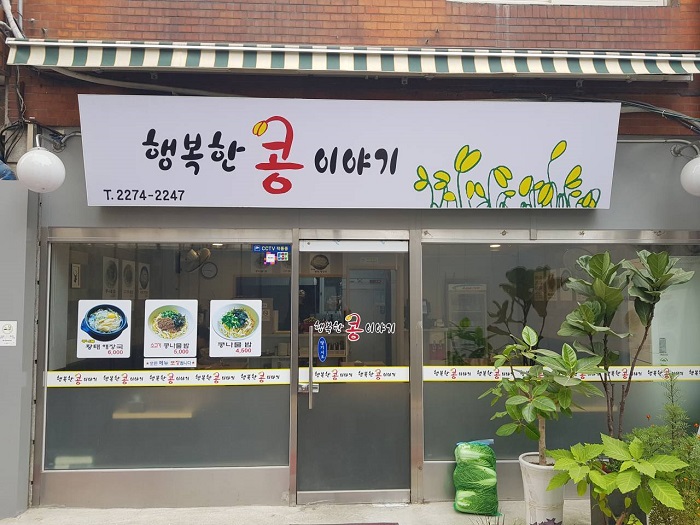

![Innisfree - Myeong-dong 2(i)-ga Branch [Tax Refund Shop] (이니스프리 명동2가점)](http://tong.visitkorea.or.kr/cms/resource/70/2887870_image2_1.jpg)
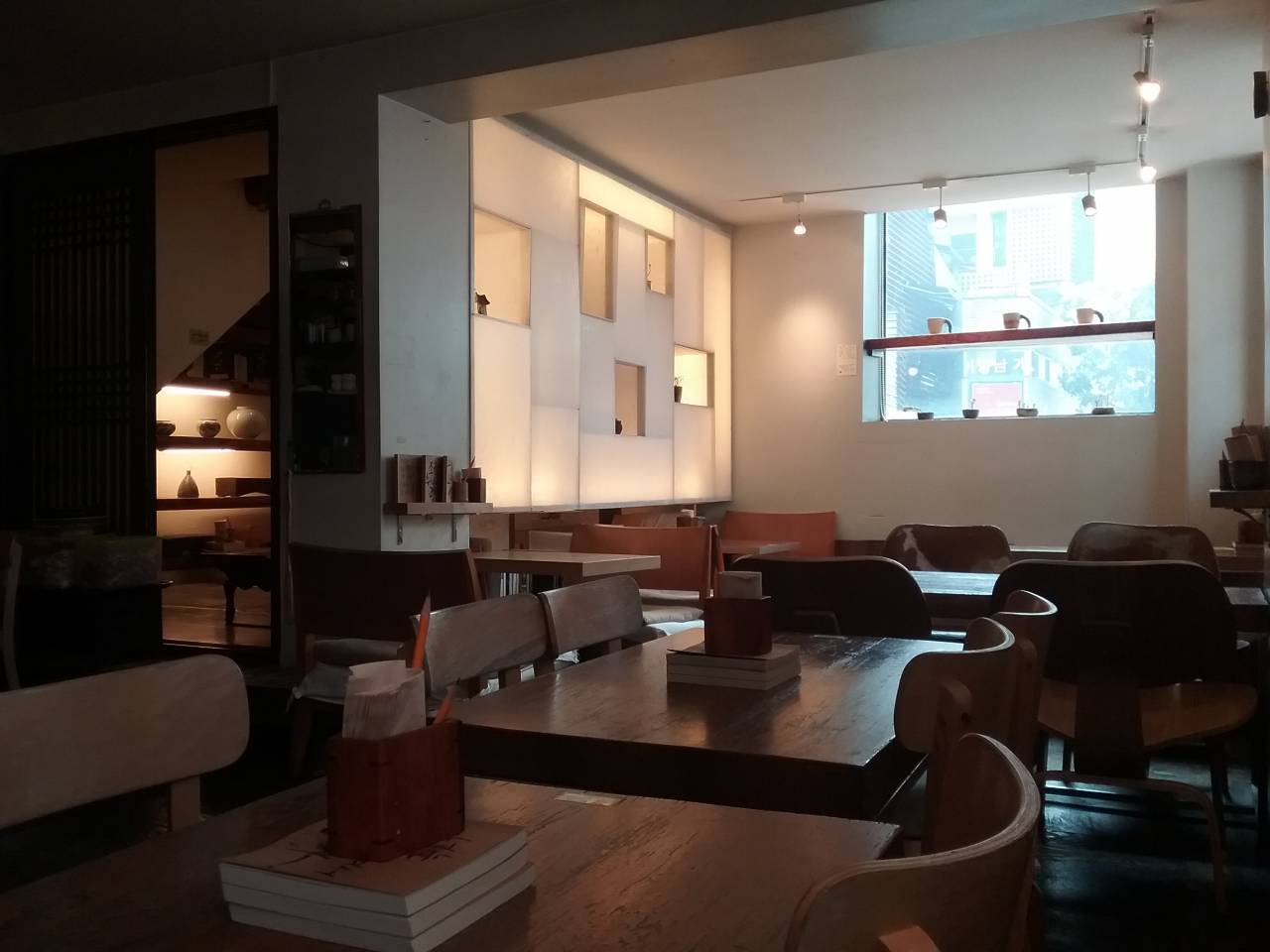
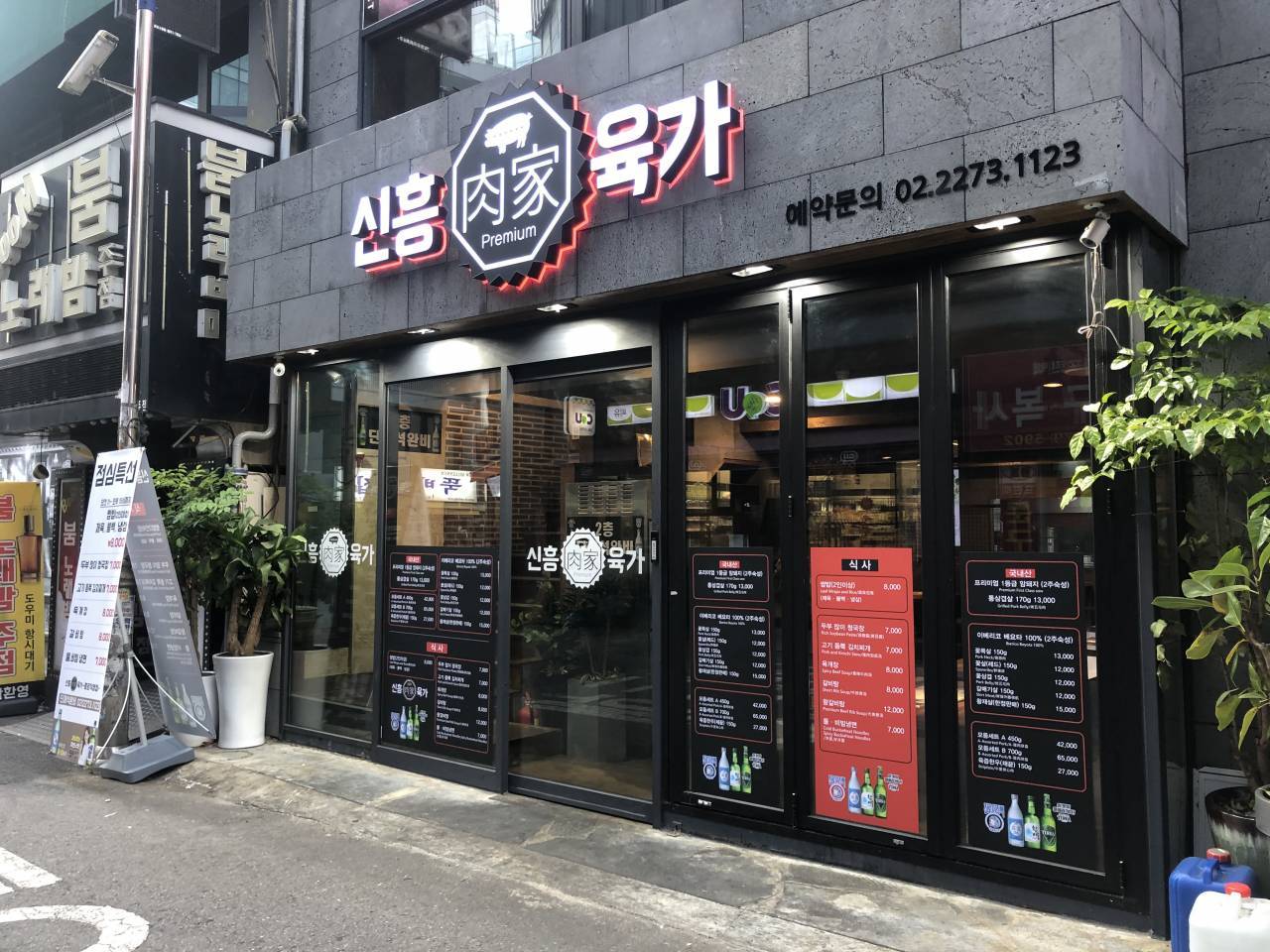
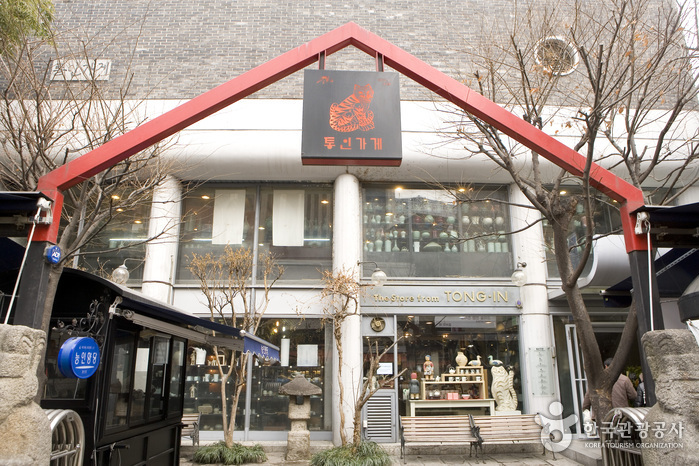
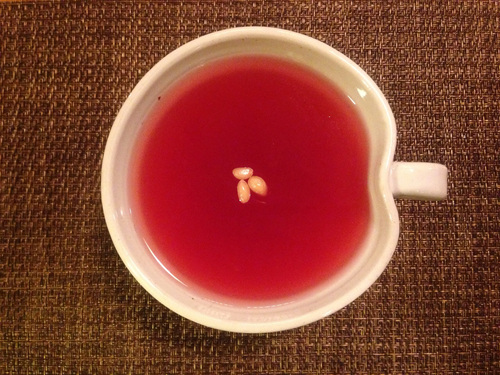
 English
English
 한국어
한국어 日本語
日本語 中文(简体)
中文(简体) Deutsch
Deutsch Français
Français Español
Español Русский
Русский